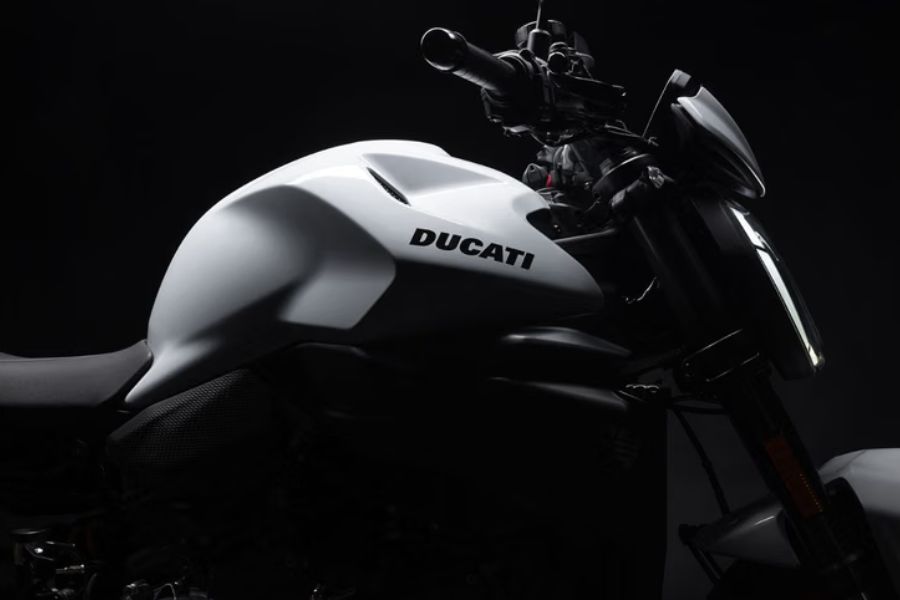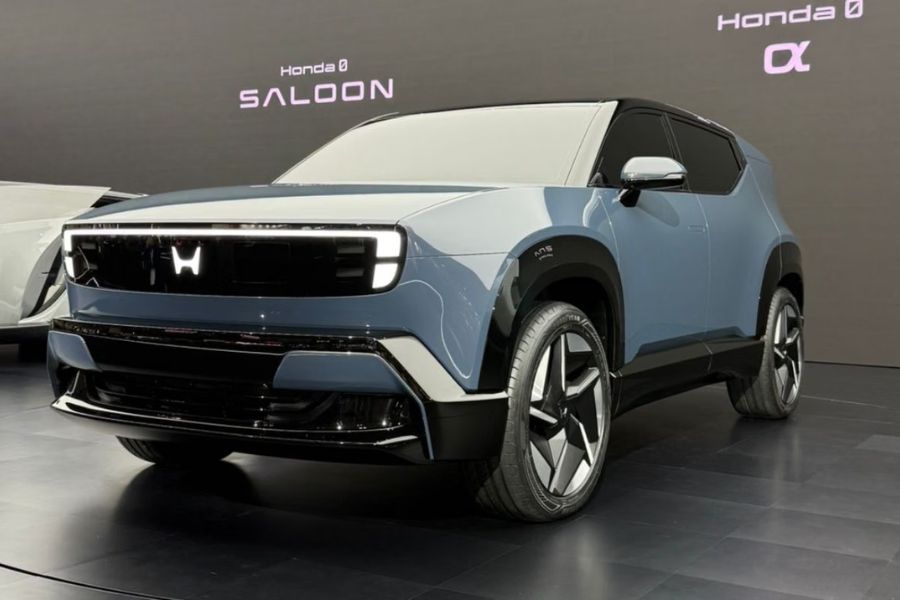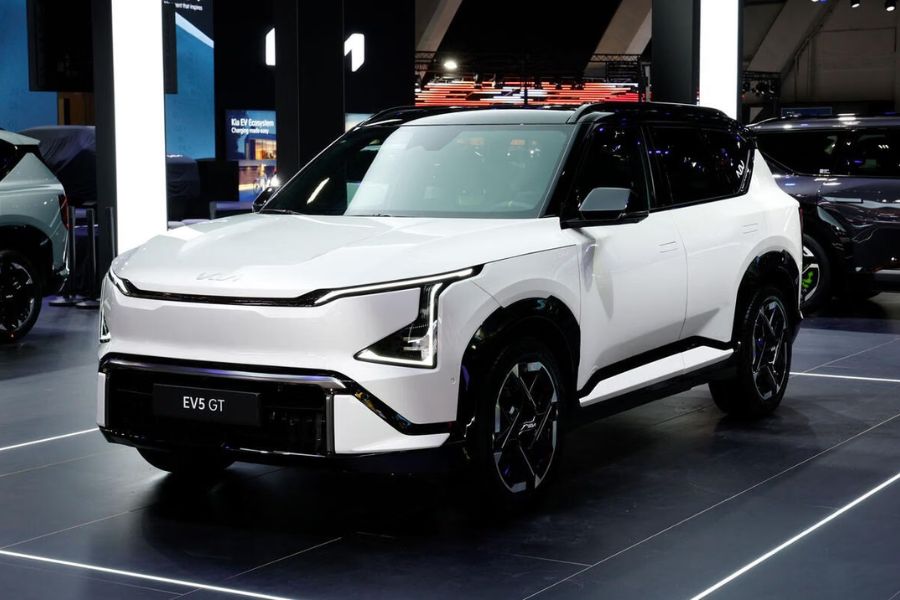The Government of India has introduced a new initiative called the PM Electric Drive Revolution in Innovative Vehicle Enhancement (PM E-Drive) scheme, which will replace the Faster Adoption and Manufacturing of Hybrid and Electric Vehicles (FAME II) scheme that expired in March this year. The PM E-Drive scheme, managed by the Ministry of Heavy Industries, will run for two years with a total budget of Rs 10,900 crore, which is lower than its predecessor.
What Does PM E-Drive Offer?
The PM E-Drive scheme aims to accelerate the adoption of electric vehicles by providing subsidies on electric two-wheelers, three-wheelers, trucks, buses, and ambulances. Notably, it does not include incentives for electric or hybrid cars and SUVs, differentiating it from the previous FAME II scheme. The program also supports the establishment of 88,500 electric vehicle charging stations nationwide.
The scheme allocates Rs 3,679 crore in subsidies to incentivize the purchase of approximately 24.79 lakh electric two-wheelers, 3.16 lakh electric three-wheelers, and 14,028 electric buses. Additionally, Rs 4,391 crore has been earmarked for state transport units and public transport agencies to procure 14,028 electric buses. The initiative also includes a significant investment in charging infrastructure, with Rs 2,000 crore allocated for installing 22,100 fast chargers for electric four-wheelers, 1,800 fast chargers for electric buses, and 48,400 fast chargers for electric two- and three-wheelers.
Further details regarding the exact subsidy amounts per vehicle and the required localization levels will be provided once the government releases a detailed notification on the scheme.
Current Challenges and the Need for Subsidies
Electric two-wheelers and three-wheelers made up the majority of electric vehicle sales in the last financial year, accounting for 56% and 38% of the market, respectively. However, affordability and limited charging infrastructure remain significant barriers to wider adoption. The government’s subsidies play a crucial role in making electric vehicles more affordable, which is vital during this early stage of market development. Many EV manufacturers advocate for continued subsidies until the market matures.
Background on FAME Schemes
The original FAME scheme was launched in 2015 with an outlay of Rs 895 crore and ran until 2018. It was succeeded by FAME II in 2019, which had an initial budget of Rs 10,000 crore for three years, later extended to March 2024 with an additional Rs 1,500 crore. FAME II targeted the support of 10 lakh electric two-wheelers, 5 lakh electric three-wheelers, 55,000 electric four-wheelers, and 7,000 electric buses. By the scheme’s end, it had supported 11.70 lakh two-wheelers, 1.30 lakh three-wheelers, 16,631 four-wheelers, and 4,766 buses.
After FAME II ended in March, the government temporarily launched the Electric Mobility Promotion Scheme (EMPS) 2024, with an initial budget of Rs 500 crore, later increased to Rs 778 crore and extended until the end of September. Unlike FAME II, EMPS offered incentives only for electric two- and three-wheelers at reduced levels, excluding electric four-wheelers altogether. The scheme aimed to support 5.61 lakh electric vehicles, including 5 lakh two-wheelers and 60,709 three-wheelers.




